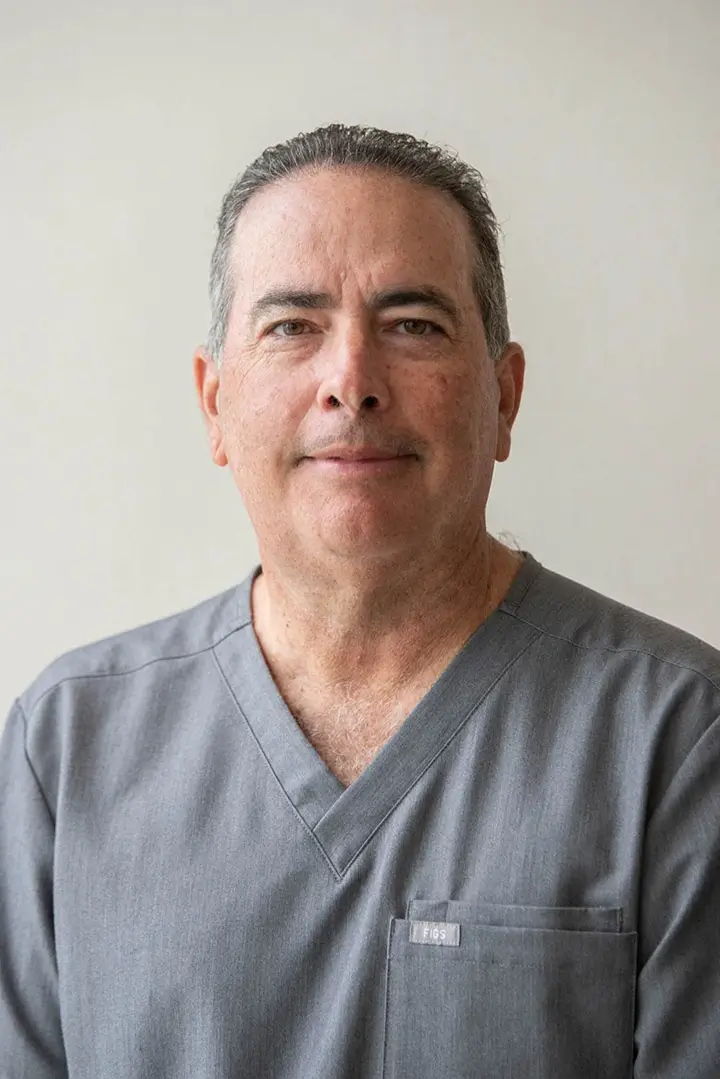U.S. researchers report that brain stem cells can now be tracked for the first time with the identification of a new marker.
The team’s senior author said that for the conditions of and involving multiple sclerosis, early childhood development, and depression, the accomplishment is opening doors to new research.
“This is a way to detect these cells in the brain, so that you can track them in certain conditions where we suspect that these cells play a certain role,” explained Dr. Mirjana Maletic-Savatic, an assistant professor of neurology at the State University of New York, Stony Brook.
“This is also very applicable for situations where people envision the transplantation of stem cells into the brain,” the researcher said.
The breakthrough “is very important, because it now allows us to look and see ways in which to measure changes in endogenous [natural] neural stem cells,” agreed Paul Sanberg, director of the Center for Excellence for Aging and Brain Repair at the University of South Florida, in Tampa. He was not involved in the research.
The study was published in the November 9th issue of Science, and was funded by the U.S. National Institutes of Health.
The human brain and/or nervous system sustains critical damage in individuals who suffer from Parkinson’s, stroke, multiple sclerosis, traumatic injury, Alzheimer’s, and other conditions. Scientists believe they might be manipulated to repair or replace lost cells and tissues because stem cells have the potential to develop into other types of cells.
Stem cells called progenitor cells are already produced by key parts of the brain.
“There are two major areas where you can find them in the brain — one is the center for learning and memory, called the hippocampus, and the other is around the brains’ ventricles,” Maletic-Savatic explained.
So they can develop into new or replacement cells, these brain cells, like other adult stem cells in the body, are held in reserve.
Since humans keep collection memories, the stem cells found in the hippocampus are particularly useful. In order to interpret and store memories, the brain needs new cells.
“Memories always change,” Sanberg pointed out.
Since scientists haven’t had any means of tracking neural stem cells, research in this area has been slow. Because scientists discovered molecular markers that reliably identify them on MRS, two dominant cell types — glial cells and neurons — have been tracked for some time using a non invasive technology called magnetic resonance spectroscopy (MRS).
Now, brain stem cells can be marked for the first time.
A chemical signature that distinctly characterizes neural stem cells has been discovered by Maletic-Savatic’s team. The discovery was made using computer and state-of-the-art scanning technology.
“We think that it’s a complex lipid or lipoprotein,” the Stony Brook researcher said. Further investigation is under way to define and describe the molecule’s identity, she added.
The researchers tracked the quantity and location of neural progenitor cells in the brain using MRS imaging on mice, rats, and human volunteers who were healthy. They also used MRS to verify the transplant location after implanting some of these cells into an adult rat’s brain.
The concentration of neural progenitor cells in the brains of adult humans, adolescents, and young children was compared by Maletic-Savatic’s team. This marked another first. Their findings revealed that the number of these cells in the brain decreases markedly with age. This confirmed suspicions that arose during animal studies.
“We were actually really surprised that there was such a dramatic decline,” Maletic-Savatic said.
The researcher said she’s already planning to use the new tracking technology in a variety of neurological studies.
For example, it is suspected that antidepressants work by boosting the creation of new brain cells. With that in mind, Maletic-Savatic’s team will use MRS to “clarify whether abnormalities in these progenitors have any role in causing depression,” she said.
Maletic-Savatic said she is also planning a study looking at the cells’ role in early brain development because she is primarily a pediatric neurologist.
“Particularly in premature babies who can develop cerebral palsy and mental retardation,” she added.
MRS-guided research into neural stem cells may also benefit multiple sclerosis patients.
“We are now doing a study that already started a year ago on patients with MS, and we plan to prospectively follow them and see whether we can use this bio-marker as a prognostic tool,” Maletic-Savatic said.
She added that this type of stem cell research could also benefit research on a wide range of brain disorders. Maletic-Savatic said breakthroughs in that area are probably years away, but that tracking stem cells in the brain has obvious implications for research into stem cell transplantation.
“On the other hand, if we find drugs or ways that can stimulate your own endogenous cells, that would be even better,” she said.
Sanberg agreed that brain research would enjoy a marked boost with scientists being able to track neural stem cells.
“To be able to show that you are increasing neurogenesis in the brain through your treatment — through drugs that induce neurogenesis — that’s going to be very important,” he said. “This is a really strong first step.”

